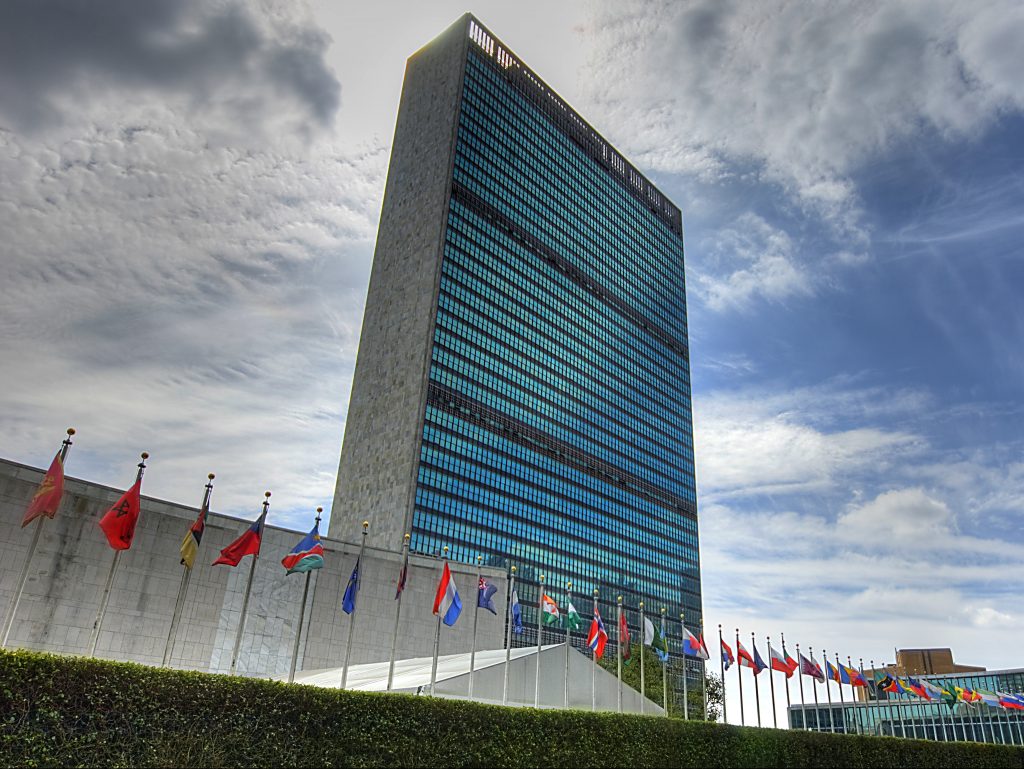Bernie Sanders’ Green New Deal, released today, echoes several of the plans released by People’s Policy Project. Domestically, for example, it proposes a build out of renewable energy production owned by the government – much as Matt Bruenig proposed in his plan for a Green Tennessee Valley Authority. And on the international side, the Sanders climate plan maps directly onto the policy framework assumed by our Global Green New Deal.
First, the Sanders plan relies primarily on intergovernmental mechanisms to transfer needed funds to poor nations. And like 3P, Sanders singles out the UN’s Green Climate Fund:
Invest in the Green Climate Fund. Despite the major shortcomings of the Paris Climate Agreements, one primary reason why the globe was able to come together to sign the Paris Climate Agreement was that major developed nations like the United States finally recognized that they had an outsized role in the creation of the climate crisis, and an outsized obligation to less industrialized nations to help them achieve the same kind of carbon pollution emissions reductions while improving the quality of life in those countries.
So far, Jay Inslee is the only (former) candidate to name the Green Climate Fund in his plan — and even there, it played a relatively small role. Most candidates have hewed to the status quo approach of providing incentives for international climate financing and development, framing this challenge primarily as a business opportunity for the United States. The Sanders proposal says very little about the role of the private sector, focusing instead on the role that our government will play working in cooperation with the international community.
Second, the Sanders plan substantially raises the bar on how high climate transfers to the Global South should be. Whereas Obama committed to just $3 billion in funding for the Green Climate Fund, Sanders pledges that “the U.S. will invest $200 billion in the Green Climate Fund.” Elsewhere he pledges more generally to work to redirect the $1.5 trillion that is globally spent on militaries towards climate change efforts.
To be sure, $200 billion for the Green Climate Fund falls short of the $680 billion that our Global Green New Deal calls for in annual transfers. But by raising the possibility of redirecting global military spending towards climate change, the Sanders campaign has pushed the policy debate into ballpark of our proposal.
Understandably, the Sanders Green New Deal doesn’t get into the weeds of financing mechanisms like the ones outlined in our Global Green New Deal. And in terms of funding, it still falls short of the levels called for by the consensus of policymakers working in climate finance. Nevertheless, the Sanders plan refuses to leave us at the mercy of private actors. It recognizes the historical and institutional legitimacy of the Green Climate Fund as the center of any credible plan to tackle climate change, while making dramatic progress in the ongoing debates over funding.

